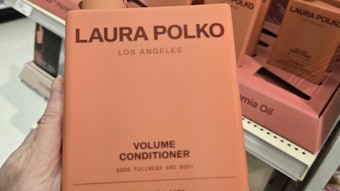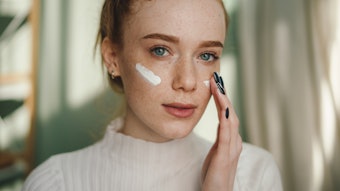Hydrolytic instability of esters causes problems when esters are used in cosmetic formulations. One way around these problems is to use certain non-hydrolyzable esters that are synthesized by a diol reaction sequence. This sequence, two examples of the resulting non-hydrolyzable esters and some formulations using them are presented in this article.
Esters are a class of compounds well known to the organic chemist and to the cosmetic chemist. There are a number of sub-classes of esters that differ both in functionality and structure. These include simple fatty-fatty esters, complex esters, polyesters, Guerbet esters, and water-soluble esters. Each type provides specific functionality in cosmetic formulations. For example, fatty-fatty esters are generally oil soluble and useful in the oil phase of creams and lotions. Complex esters – such as trioctyldodecyl citrate, Guerbet esters and polymeric esters – serve as pigment wetting and dispersing agents and in makeup and lipstick for substantivity, transfer resistance and moisturization.











